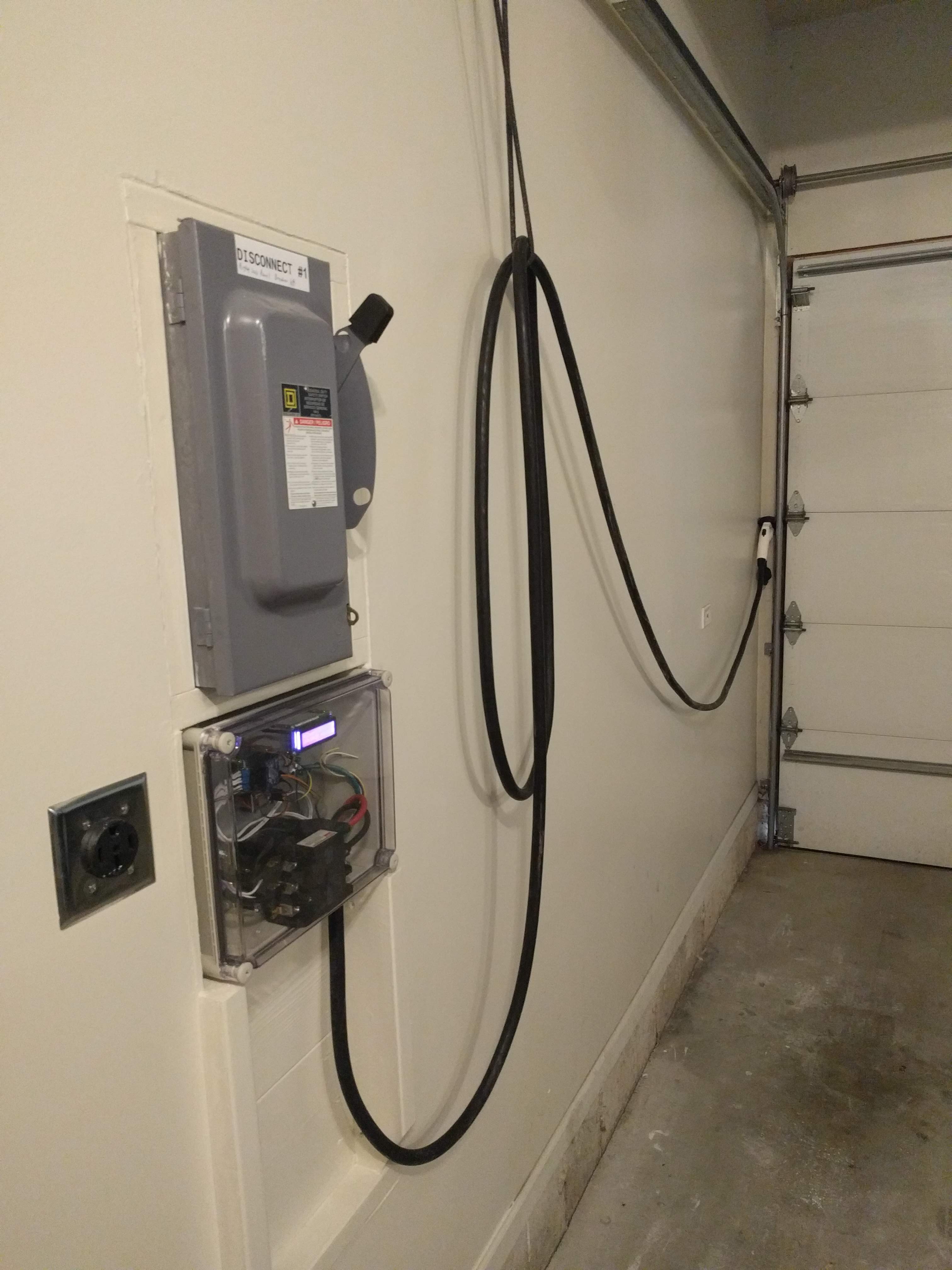mscarp24
New Member
Or simply making the cable 24' like the last one would also solve the "problem" instead of having to back when charging.
Backing in is far simpler for some people than others.
The standard width of a 2 car garage door is 16 feet. The distance from my sidewall mounting location to the midpoint of the opposite side parking space is 15 feet. If the Charger is wall mounted on either side wall toward the garage door with and 18 foot cable, you would be able to charge a vehicle parked in either side of the garage (pulled in forward). Or you could charge while backed in on the side with the charger wall. Have set mine up this way (new construction) as while charging I have no cables blocking passage into the garage and have the flexablilty of parking on either side when needed.



